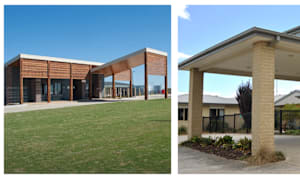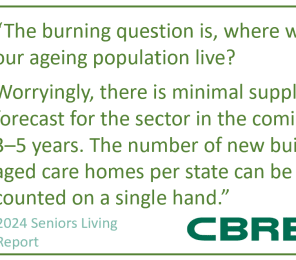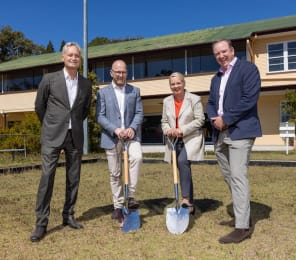We said horror stories were coming and here they are. This week’s headlines have been dominated by an assessment system that can’t assess, a program that can’t keep up, and older Australians stranded in the gap.
The numbers are no longer avoidable: at the end of September, 121,909 people were waiting for a Home Care Package and 116,000 were still waiting just to be assessed. That isn’t a backlog; it is a design flaw baked into a rationed system.
Former Inspector-General of Aged Care Ian Yates warned this would happen, arguing that without more than the 83,000 Packages promised in 2025-26, the waitlist by 30 June 2026 would still sit at 60,000-plus as the over-85 cohort surges.
Supply can’t catch demand
The Government has since released 20,000 Packages before 1 November and flagged another 20,000 by year’s end, yet even with new allocations and recycled places flowing back, tens of thousands will remain queued because demand is rising faster than supply.
Forecasts suggest around 55,000 Australians turn 85 this year and about 65,000 will within a couple of years, while the country is short roughly 25,000 residential beds and building just 800 beds in the last year. Older and sicker at home is now the baseline.
Speed matters because people deteriorate while they wait. Bolton Clarke’s submission to the Aged Care Services Senate Inquiry puts numbers to what families already know: waiting six months or more is associated with higher mortality and a greater risk of residential entry than receiving help within 30 days.
Flatten the frailty curve
The immediate fix is not another round of press releases but an end to the drip-feed.
Publish a clear release schedule, front-load the promised Packages, and make support arrive when people are assessed – not a year later.
As Ageing Australia CEO Tom Symondson argues, Package growth must be planned on population growth for the next two decades, not begged for at each Budget.
But the long-term answer demands a shift in what we fund.
Wellness – and prevention – is key
This week’s SATURDAY dives into wellness because the only sustainable answer is to flatten frailty early. If we want “ageing at home” to be real, prevention has to move from the margins to the centre.
Catholic Healthcare CEO Josh McFarlane puts it plainly: stop building systems that manage decline and start backing the programs that prevent it – movement, connection, allied health and light-touch navigation. It’s not rocket science.
More Packages alone won’t fix home care. Without faster access and a pivot to prevention, we will simply replace one queue with another at a higher human – and hospital – cost.
If this is the future we want for Australia, we need to fund prevention now and make speed matter – or get used to the headlines.











